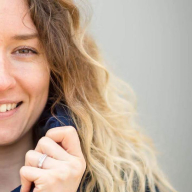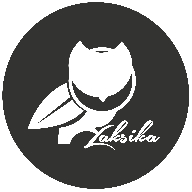Doorway - A modern hiring & job finding platform
A modern hiring platform revolutionizing recruitment with swipe-based job matching and video applications.
Brief:
Designed interactive features for this project, encompassing both mobile and desktop platforms, to enhance user engagement and streamline the recruitment process for hiring managers and candidates
Project Overview
This project is a modern hiring platform that transforms the recruitment process with a swipe-based job matching system and video application submissions.
Designed to enhance user experience and engagement, the platform allows candidates to express interest in jobs seamlessly while providing hiring managers with a comprehensive view of applicants through scrollable reels.
My role as a UX/UI designer involved user research, ideation, prototyping, and collaboration for a user-centric and efficient hiring solution.
Key Objectives
- Conducting a competitive analysis to get a better grip about the ecosystem of similar apps and how they operate
- Enhancing user experience to create a seamless user journey
- Make the hiring and job finding process more engaging for hiring managers and candidates
Design Process
Given the competitive landscape where many major competitors employ a similar premise, we undertook a thorough design process to identify areas for expansion and deliver an enhanced user experience.
Discover Phase
Competitive Analysis
I conducted a detailed competitive analysis and documented their flows. I Identified their strengths and weaknesses for us to adapt and expand upon
Design Strategy
It was time to devise a design strategy for an app catering to hiring managers for job postings and talent recruitment, candidates for job searches, and an admin dashboard for app management and data collection. I structured the application into three main work areas for clarity.
1. Hiring Platform
This hiring platform is designed specifically for hiring managers providing them with the ability to post job listings, conduct talent searches, and recruit skilled individuals by reviewing candidates' short video profiles in a reel-like format.
2. Job Seeking Platform
Research indicates that the average American checks their phone approximately 262 times daily, equating to once every 5.5 minutes. Consequently, the candidate app will be launched on mobile devices, enabling users to seamlessly browse, save, and apply for jobs, as well as connect with recruiters.
3. Admin’s Platform
The admin dashboard empowers platform owners, specifically administrators, to monitor analytics and take necessary actions based on reports, suggestions, and other relevant data.
User Research
I gathered a group of diverse volunteers, including people who want to look for a job and people who hire for their own jobs.
Qualitative Research
I asked our users a few open ended questions so we can understand and build more empathy towards them.
Presenting our idea
Within a limited timeframe, I developed a basic paper prototype to validate the core concept of our idea. I simulated the candidate's app interface, including the job-swiping feature, using paper cards.
Quantitative Research
Alongside open ended questions I also conducted surveys to get a grasp at factual data.
Define Phase
Personas
Once we had our data, it was time to create personas representing the vast types of people that tested our app
Empathy Maps
From our user personas, we created these empathy maps to better empathize with our users and provide them the best of the experience
Candidate’s Userflow
Hiring Manager's Userflow
Candidate's Information Architecture
Hiring Manager's Information Architecture
Design Phase
Low Fidelity Wireframes
After our information architecture was finalized, I started with lo-fi wireframing. During this process, I sketched out a variety of rough designs to see which one would work best for our app. It helped me have options and evaluate those options to finalize which design we should opt for that presents a complete solution to our problems.
Design System
After the Mid-fi wireframes were done, it was time we finalized our design system. Hence I derived:
- Color Styles
- Typography
- Iconography
Color Styles
I collaborated with my design lead to choose color for the design system. We chose our main colors after an extensive research and trial and error. This is the resultant color palette and from these we derived different shades of our color styles
Typography
Iconography
These icons were sourced from Iconsax Library by Farhan Ullah on Figma. I added some extra tweaks to it i.e. each icon was supposed to be in a 24x24 px format and the layout of the icon should be 18x18 px having a minimum of 3px spacing. This was done to give extra padding to an icon so where ever its placed it does not touches the walls/bounds.
Final Screens
Testing Phase
Once I finished with the prototyping, I created an interactive prototype and had it tested by volunteer users within our target demographic. The participants found the design intuitive and easy to navigate about. Alongside testing from user, we also created design documentation as well for the devs to understand different states and local variables we used. We gathered some useful insights from users + the devs.
Feature Ideas
- Candidate to add projects, or record and post reels
- Hiring mgrs to post job offers as reels to get more engagement
- Joinable community and groups
- Option to connect or follow other users/pages/companies
Tools Accessibility
- Evaluating the heatmap of the screens and assessing better layout strategies to bring the user to the complete experience of our app
Having Fun
- As users expressed in the beginning, the swiping jobs feature is really the selling point for this app. It reaffirmed that the users love this feature!
Design System Update
Along the way we got various insights about where our design system was lacking regarding local variables and could use a bit of improvement. So we can look into that in the future.
My Learning
This was my first project working on a platform which had a web app as well as a mobile app so I learnt how to translate the same design language across different platforms.
We also gained some important insights regarding design systems, specifically local variables, semantic tokens and number tokens. We plan to strengthen our design system by our new found insights.
Another important thing we learnt was managing our files. Since Figma files tend to get too heavy with a complete project with a huuuge number of screens and components, even with design system file and main screens file separated. So we plan to create separate files for UX research, workspaces, in review, ready for dev and discarded files.
Tools used
Topics
Share
Reviews
1 review
Hi Tayyab,
You’ve done excellent work researching the problem and presenting a dating app-style design. It’s an intriguing and innovative approach, offering an engaging solution. On the other hand, it might feel a bit overly gamified for some users, depending on their expectations and the context.
The job announcement interface is clear and easy to scan, allowing candidates to focus on key details quickly and reject irrelevant jobs. However, the swiping behavior for recruiters could result in less qualitative matches. The current design doesn’t immediately highlight critical skills and experiences, which may lead HR-people to swipe through profiles without fully understanding a candidate's potential—similar to how dating apps function.
One way to enhance the user experience for both parties is by tailoring the experience with AI. For example, the AI could prioritize and display the most relevant information upfront for each user. Candidates might see the job’s key requirements first, while recruiters could view a summary of the candidate’s core skills and relevant experiences immediately. This approach ensures a more targeted and efficient interaction for everyone involved.
Keep up the great work—this concept has so much potential!
Yuliia
You might also like
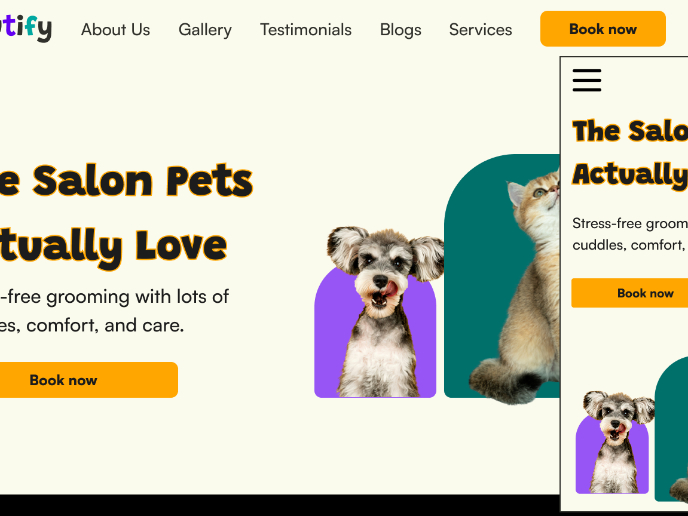
Pawtify - Responsive Landing Page Brief
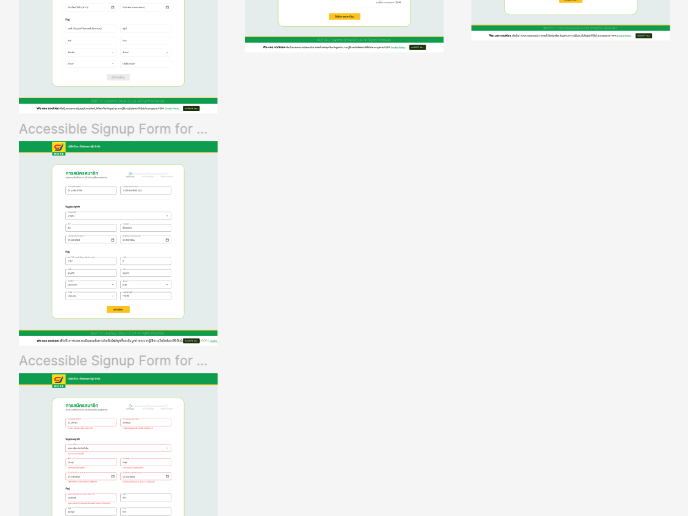
Accessible Signup Form for SaaS Platform
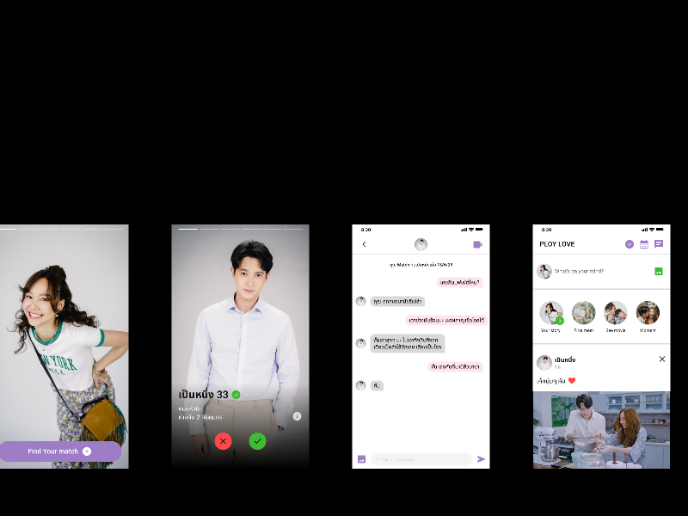
Plan A/B Test for the Onboarding Flow
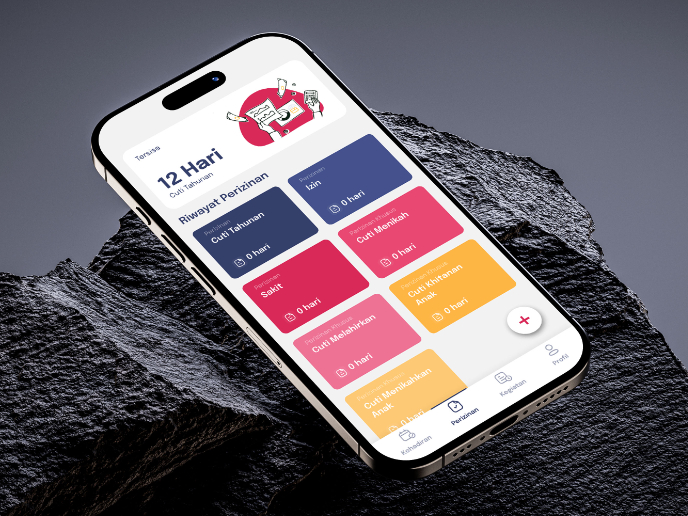
SIPALA - Attendance, Leave, and Activity Management System
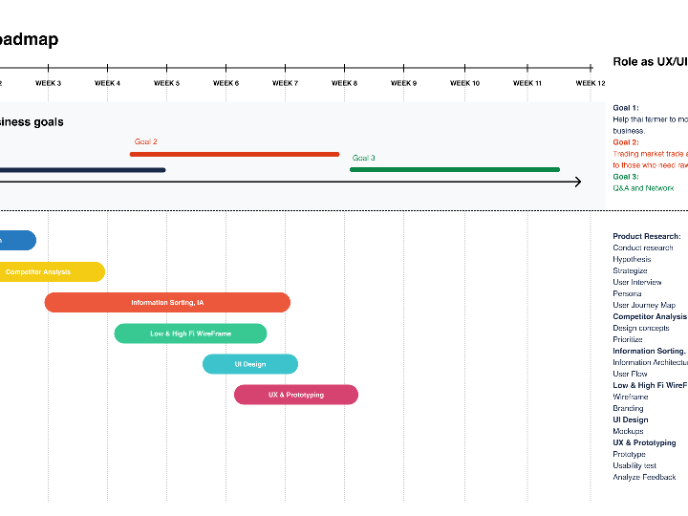
Build a Product Roadmap
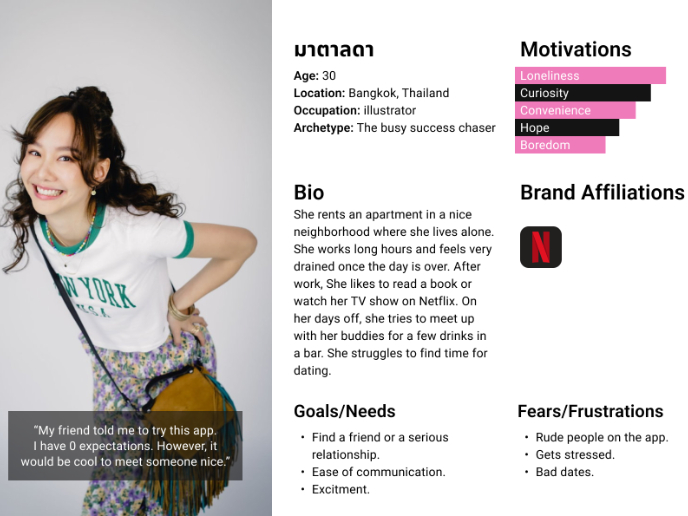
Develop a User Persona
Popular Courses

UX Design Foundations

Introduction to Figma



























